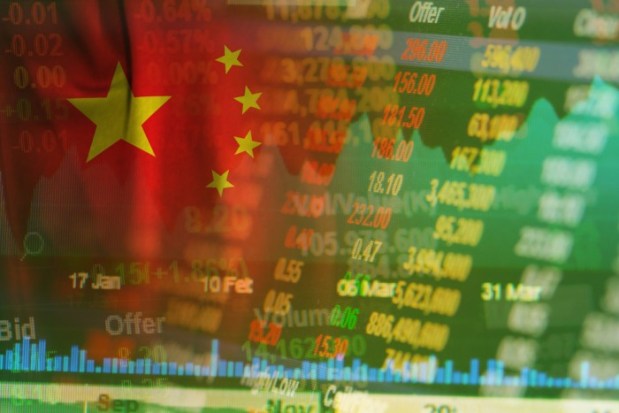China’s Renminbi Climbs The Trade Finance Ladder

China has a major impact on the global economy, and its recent economic struggles emphasized that point this year. But even with the yuan devaluation and slowing market growth, China is a global powerhouse.
New statistics from the People’s Bank of China found that the renminbi (RMB) is now the fifth most used payment currency, and second most used in trade financing.
[bctt tweet=”The RMB is now the 5th most used payment currency, and 2nd most used in trade financing”]
That’s according to the bank’s 2015 Renminbi Internationalization Report, which also concluded that despite the RMB’s inability to be entirely convertible in transactions, the currency is now a mainstay for many in the trade finance market – due in part to China’s currency swap agreements with trade partners.
“Since the RMB is still not an international reserve currency, bilateral currency swap agreements help enable trade settlement in RMB with the added benefits of improving operational efficiency, lowering transaction costs, and ensuring market confidence,” said reports in MercoPress on Monday (Nov. 2).
According to those reports, as of May 15 of this year, the value of China’s more than 30 currency swap agreements hit $468 billion. Last year, $182 billion worth of swaps occurred under these deals.
The agreements allow buyers and sellers to draw from lines of credit at pre-established exchange rates, though reports noted that the deals are also used by trading partners for reasons other than trade finance.
“The RMB still has a long journey to becoming a global reserve currency,” reports said. “The steady rise of the RMB appears inevitable given China’s growing economic significance.”
The report follows remarks last year similarly highlighting the rise of RMB payments in cross-border trade. At the time, analysts said RMB payments from offshore trading centers saw an 837 percent growth in two years.
To check out what else is HOT in B2B, click here.
